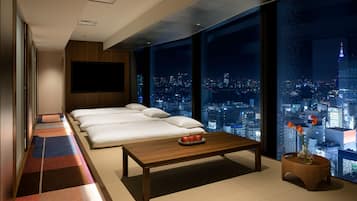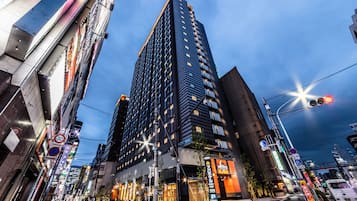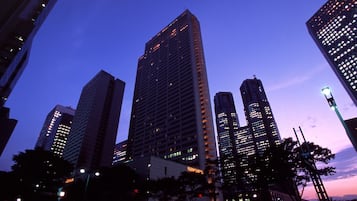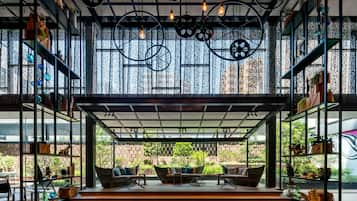Sensoji Temple is one of the main draws of Tokyo’s Asakusa district. The temple is perhaps the most revered of all Buddhist shrines in Tokyo. Also referred to as Asakusa Kannon, you can find the shrine within an astounding temple complex in Asakusa – a prime region of Downtown Tokyo. The 7th century isn’t only the oldest temple in the region – it’s also one of the most visited places of worship in the country, attracting over 30 million devotees each year.
The temple is dedicated to Guan Yin or Bodhisattva Kannon – the goddess of mercy and happiness who is believed to have been protecting the people for over 1,500 years. Sensoji Temple is more than just a Buddhist shrine, though. The temple has to its credit plenty of highlights that will for sure spellbound you. So, if you are in Tokyo, be sure to visit this amazing temple – it will never disappoint you with its serene and meditative atmosphere.
Sensoji Temple (Asakusa Kannon) - one of the highlights of 11 Best Things to Do in Japan and 20 Best Things to Do in Tokyo (Read all about Tokyo here)
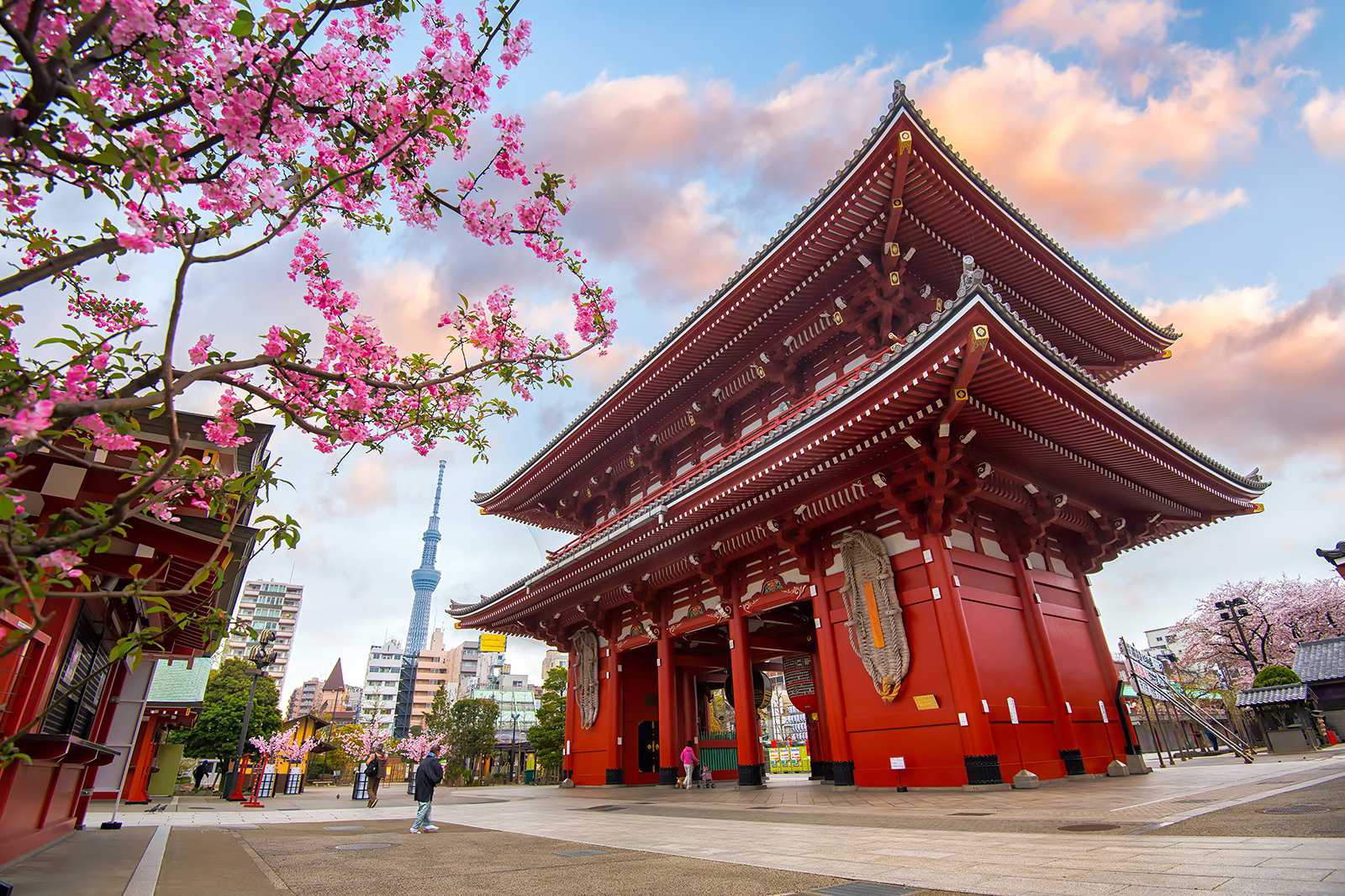
History of Sensoji Temple
Sensoji Temple's history is as alluring and fascinating as the ambience of the place itself. The golden image of Bodhisattva Kannon was first revealed to the world on March 18, 628 when it got stuck in the fishing net of 2 brothers, Hinokuma Hamanari and Takenari, while they were fishing in Asakusa’s Sumida River. Surprisingly, the statue came back to them again and again, even though they tried to return it to the river.
Eventually, they handed over the shrine to the village’s headman and a Buddhist, Haji no Nakatomo, who then vowed to remain as a Buddhist priest. Later he made his home the temple to enshrine the statue of Bodhisattva Kannon, allowing people from far and near to worship the goddess.
But the statue was decided to veil from human sight as per a revelation from a dream by the well-known Buddhist priest, Shokai Shonin. Formerly an ordinary fishing village, Asakusa soon began to flourish as an outcome of the countless number of people who visited here to revere the goddess. An image identical to the original one was created by Ennin – the priest of Enryakuji – during his visit to the temple in the 9th century. Later the temple underwent refinements due to the illustrious figures of the time that flocked here. Subsequently, the temple became the centre of Edo culture.
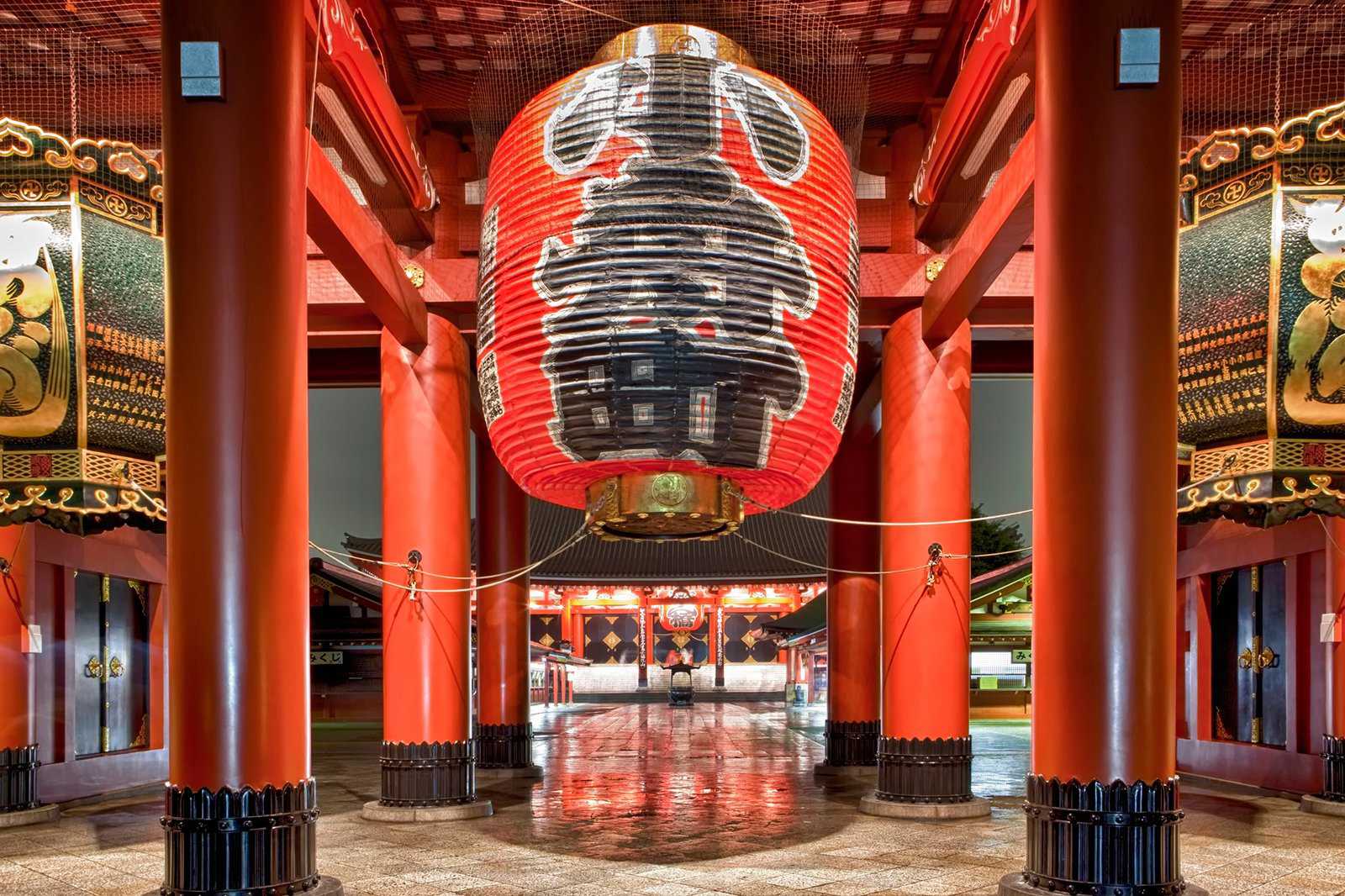
Highlights and Features of Sensoji Temple
As you reach Sensoji Temple, you’ll be welcomed by the Kaminari-mon, the ‘thunder gate’, which dominates the temple’s entrance. This striking gate has an enormous paper lantern enhanced with brilliant red and black tones, which in turn represent lighting and thunder clouds.
From Kaminari-mon, Nakamise-Dori stretches about 200 metres, lined with numerous stalls selling amazing souvenirs and which will lead you to the temple’s second gate – Hozomon, the ‘treasure house gate.’ As you pass through this gate, you’ll find the main building, along with an astounding 5-storied pagoda. Devoted to Kannon Bosatsu, the pagoda was originally built in 942 by the military commander, Taira no Kinmasa.
It was reconstructed in 1973 following a fire. Must-see highlights of the temple include the Main Hall – a national treasure erected by Tokugawa Iemitsu – the third Edo shogun. Others are Yakushido Hall – an elegant structure that dates back to the 17th century, Nitenmon Gate which has been declared a significant Cultural Property by the Japanese government, Zenizuka Jizo-do Hall, Bentendo Hall which enshrines the deity of Benzaiten, and Awashimado Hall which is devoted to the deity of Wakayama Prefecture. Most structures were destroyed during WWII and later renovated.
Sensoji Temple is also the venue for many events, including Sanja Matsuri, Hozuki-Ichi, Asakusa Samba Carnival, and Tokyo Jidai Matsuri.
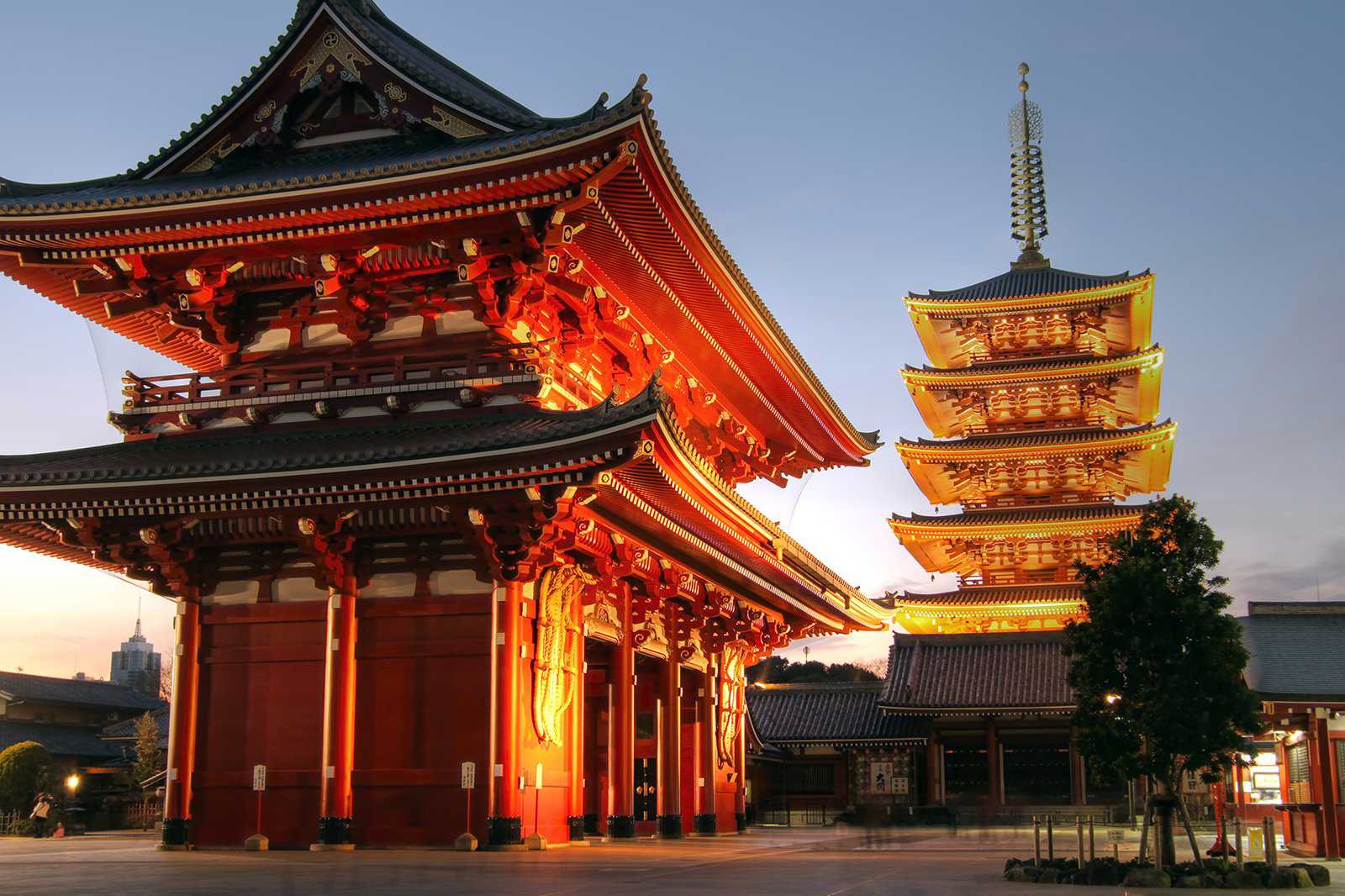
Good to Know About Sensoji Temple
Adjacent to the temple is Asakusa Shrine that is dedicated to 3 important figures: Hinokuma Hamanari, Hinokuma Takenari, and Haji no Nakatomo, the founders of Sensoji Temple. Earlier a segment of Senso-Ji, Asakusa shrine was separated from the main temple during the Meiji period. The shrine is also lauded for its outstanding, contemplative garden that has been meticulously maintained in Japanese style.
You can easily reach Sensoji Temple from Asakusa station, only a few minutes away from the temple. Asakusa has an excellent transportation system, with several railways and subways serving the place: Asakusa Subway Line, Ginza Subway Line, Tobu Railways, and Tsukuba Express. The temple is free to enter.

Sensoji Temple (Asakusa Kannon)
Konum: 2 Chome-3-1 Asakusa, Taito, Tokyo 111-0032, Japan
Açık olduğu saatler: Daily from 6am to 5pm
Telefon: +81 3-3842-0181





